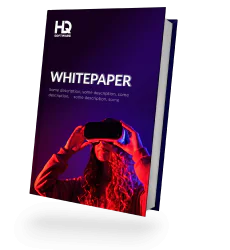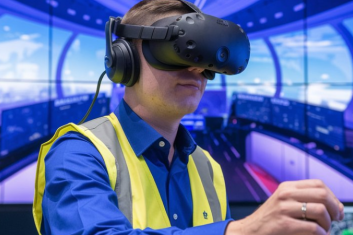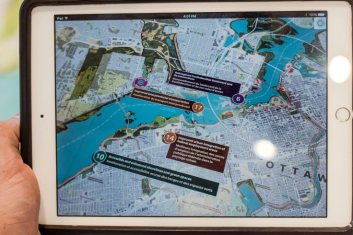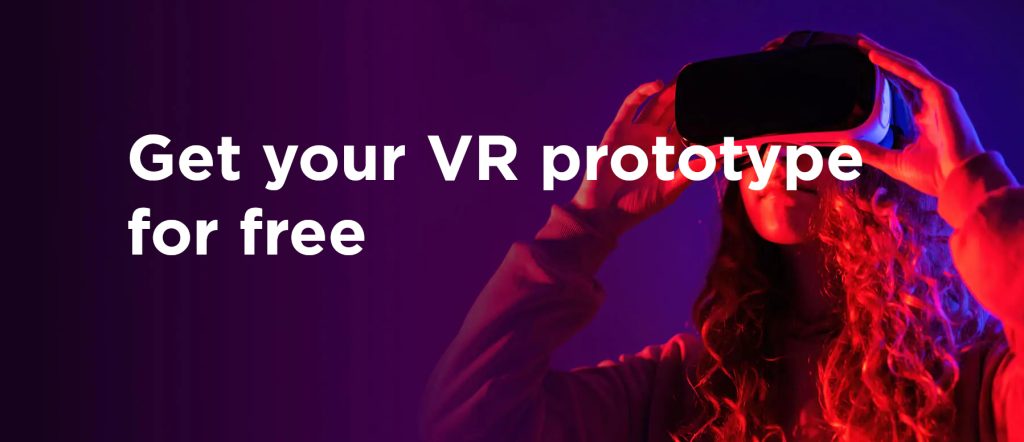Virtual Reality along with Augmented Reality has opened up a plethora of educational opportunities for various people, and some startups have used this technology to offer knowledge and value through this unique medium.
On April 19, 2022, Bharani and Gregory discussed the uses, challenges, and benefits of using Virtual Reality as a tool for education, particularly in learning sports and skills for the workplace.
Education by VR in Different Spheres
Gregory Gettinger Ph.D., Founder and CEO at VR Motion Learning, runs a company that prioritizes educating people on playing tennis through Virtual Reality. The benefit of this type of education over playing a game on your phone is that it incorporates the physical motions in the actual sport.
Gregory Gettinger Ph.D.
Founder and CEO
at VR Motion LearningIf you’re just moving your fingers on a mobile, this is not tennis. And if you’re just waving in front of the television, like on the [Nintendo] Wii, this is not tennis. So, the only way to become totally immersive and learn authentic moves is to actually convert the real court environment with authentic physics into the metaverse.
On the other hand, Bharani Rajakumar, Founder and CEO at TRANSFR Inc., has been focused more on the professional sphere. His company, TRANSFR Inc. , is his second startup—the first focused specifically on education. His parents migrated to the United States from India to improve his education and life, and thus, education has been an integral part of his life. Thus, Bharani explained, “The name TRANSFR implies knowledge transfer. So, we specialize in transferring knowledge from experts to novices.”
What VR’s Biggest Selling Point Is
Bharani very succinctly explained how VR is a revolutionary learning platform—it allows one to learn something in real-time as if they were performing the actions they would when in the field.
Bharani Rajakumar
Founder and CEO
at TRANSFR Inc.We create training simulations in Virtual Reality that people can put on and feel what it’s like to do a job before they get the job. And there’s a digital coach that talks to them and helps them learn from their mistakes in real-time.
Biomechanics is an integral part of Gregory’s company’s tennis education. It is the study of the mechanical motions of the human body. Thus, biomechanics works along with motion capture technology to determine whether you’re getting certain movements and techniques correct. In addition to that, there are instructions within the platform from experts who teach students about all things tennis. Thus, VR technology allows you to live out the experience physically in a virtual space.
How do modern businesses use AR to increase their revenues and outperform their industry competitors?

Challenges with VR Education
The speakers very carefully explained that VR could only be successful if it goes beyond the initial “wow” factor when someone first tries one on. Although, it must have something of substance to offer every time someone uses it.
Another noteworthy challenge for companies like Gregory’s and Bharani’s is finding a market for their educational products. There’s a general conception among people that VR can make one dizzy and isn’t a great thing to have in the long term. So, overcoming that and showcasing its value as an educational tool is a tough challenge.
Take Advantage of a New Educational Tool
It may take some time for VR to be accepted as an effective educational tool in public opinion along with AR and MR technologies, but there’s no doubt it has a unique selling point—i.e., learning new skills by performing a task virtually, e.g. using a virtual classroom, in real-time.

Technology Researcher
Experienced author with HQSoftware. Keen on writing about education, healthcare, and technology progress in general.
Get Your VR Prototype For Free
Visit PageRelated Posts
View All
We are open to seeing your business needs and determining the best solution. Complete this form, and receive a free personalized proposal from your dedicated manager.

Sergei Vardomatski
Founder








